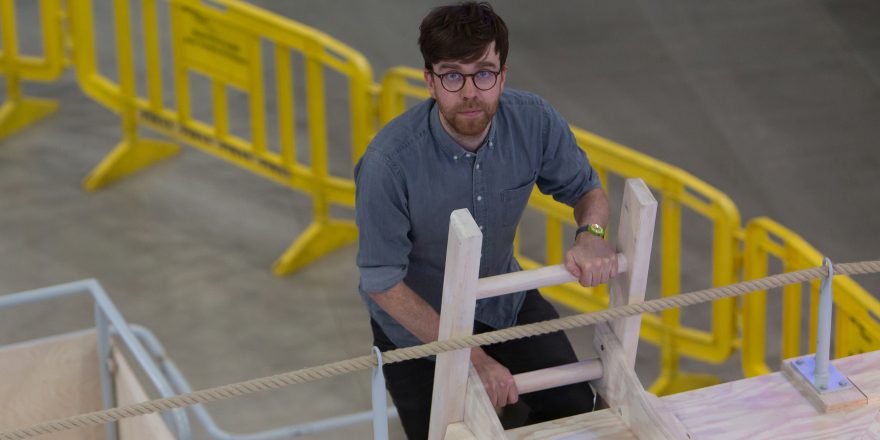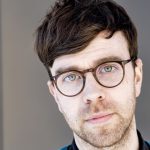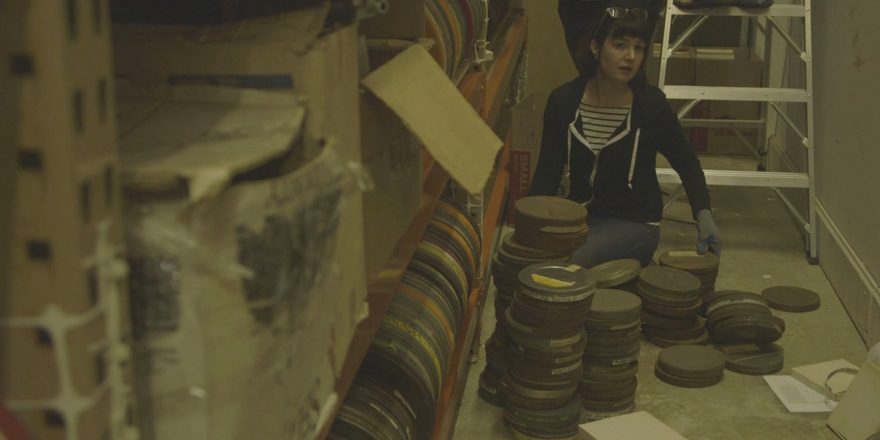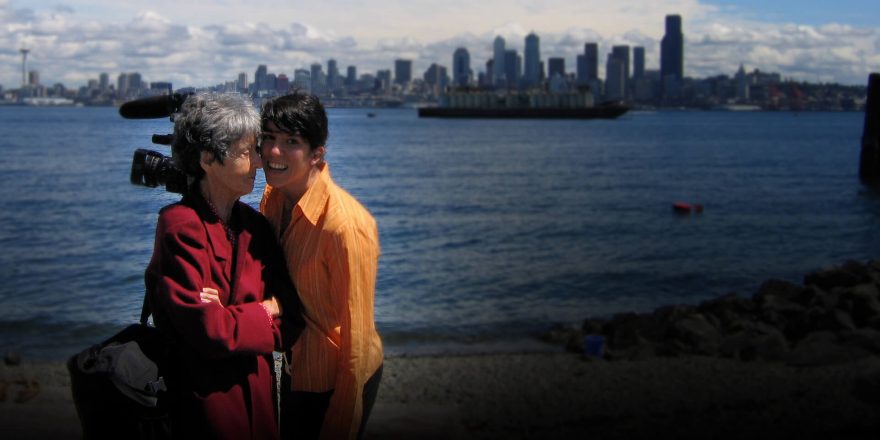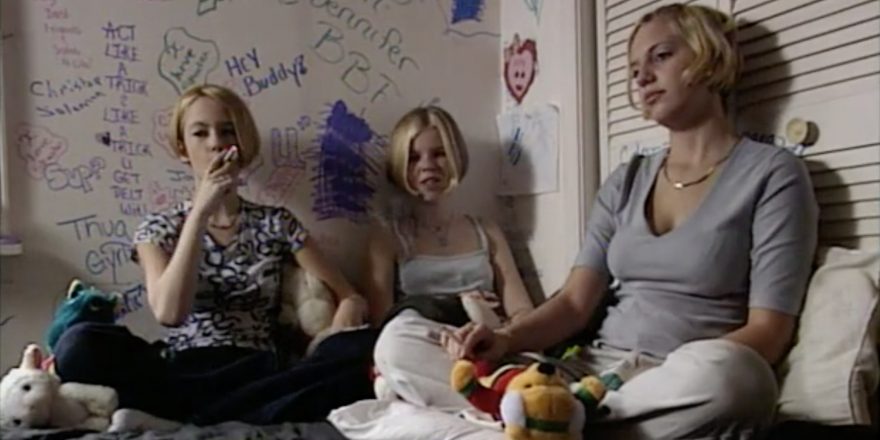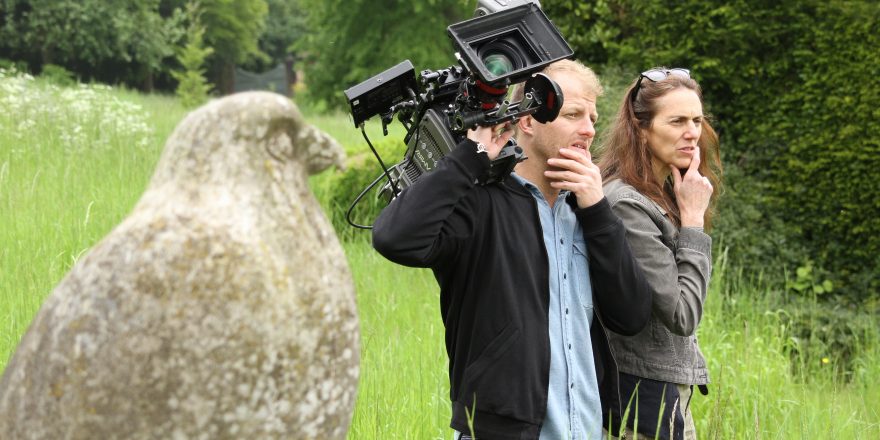Five years ago, I was alone in a house in Mexico City, digging through the remains of a life that had just ended. Although the anthropologist Santiago Genovés had passed away just weeks before my arrival, and his house was about to be packed up and put on sale, I had been granted full access to his personal archive by his son, who generously assured me his father would have been proud if he had lived to see a Swedish documentary filmmaker coming to his house to finally tell the story of the biggest adventure of his life.
Still, I couldn’t shake a feeling of guilt. Santiago’s home office had essentially been untouched since he fell ill seven years earlier. The room was filled with dusty books, research material and boxes with slides from a life of lectures and conferences, mixed in with his X-rays and the medical logs from the nurses who had treated him at home during the last months of his life. It felt like I was trespassing, snooping around in someone’s private sphere without being able to ask for permission.

I was there because earlier that summer I had read a book chronicling the hundred strangest science experiments of all time, and one of them had caught my attention so much, I couldn’t stop thinking about it.
In 1973, Santiago Genovés had crossed the Atlantic Ocean on a raft together with 10 volunteers who had signed up to be his human guinea pigs in a social experiment. The Acali had no motor, so the plan was for it to drift with the winds and currents all the way from Las Palmas in the Canary Islands to Cozumel in Mexico. The aim of Genovés’ project was to explore the origins of violence and the dynamics of sexual attraction. The crew were handpicked from around the world with the objective of mixing religion, gender and nationality to maximize friction on board, basically testing limits of human behavior when isolated and exposed to the extreme dangers of the sea.
Genovés was a well-respected and established anthropologist who specialized in the study of violence and aggression. He had been part of Norwegian explorer Thor Heyerdahl’s raft expeditions in the ’60s, Ra and Ra II, which tried to prove that ancient populations had crossed the oceans. It was on those expeditions Santiago realized that a raft would be the perfect floating laboratory to study human behavior. With nowhere for his subjects to escape, he would be able to observe the forming of conflicts and relationships better than ever before.
The Acali experiment quickly became a media sensation and, because of the mixed gender crew and Santiago’s ambition to not only study violence but also sexuality, the newspapers quickly nicknamed it “The Sex Raft.”
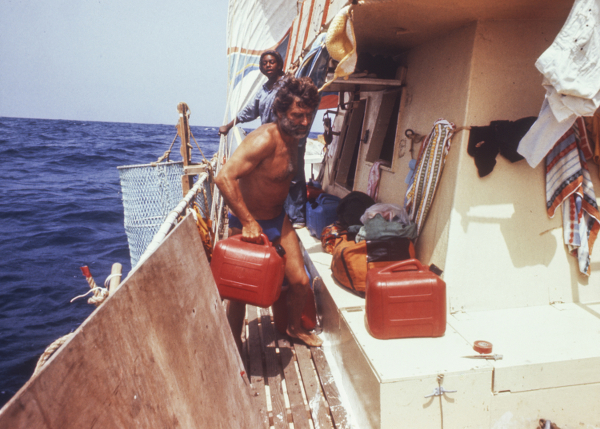
As soon as I read about this story, I immediately felt it would make a great film. My idea was to reunite the seven participants from the expedition who were still alive and reconstruct a full-size replica of the original raft in a studio in Sweden, where they could meet again and share their memories with each other.
Working my way through Santiago’s archive – digging through cardboard boxes filled with all his books, photos and research material – I was hoping to find three things: a personal diary from the experiment, an address book that could give me clues to the whereabouts of the participants, and the original 16 mm footage from the expedition.
I managed to find everything except the footage. It was just nowhere to be found. I had already spent several days searching all the film archives in Mexico to see if it was stored there, but with no success. I knew I needed the archival footage to be able to make the film. So, sitting in Santiago’s home office, on the same chair where he had worked, I got more and more desperate. Finally, I found a note in one of the boxes. It was a receipt from a film laboratory in Mexico City which indicated 42 rolls of film had been processed a few years after the expedition. But there was something notable about the receipt. “Acali” had been misspelled with two l’s instead of one. Not a big deal, I guess. But I decided to call back to one of the archives and ask them to do another search with the misspelled name. I screamed out loud when the archivist told me he got a hit and that I was welcome to come in and retrieve eight hours of beautiful, brightly colored 16 mm footage. At that moment, I knew I could make the film.
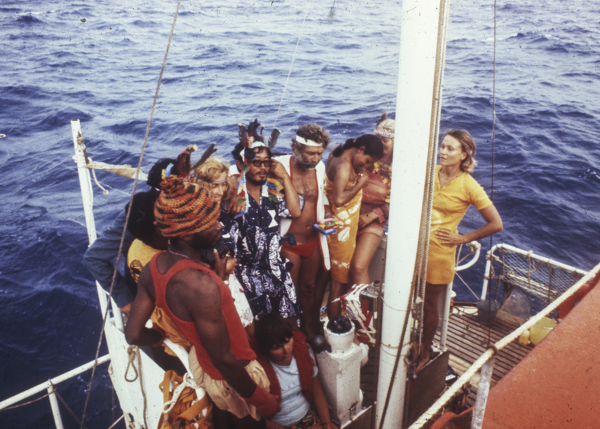
Back in Sweden, I struggled to finance the production. It would be costly to reconstruct the raft and rent a studio with a big crew, so it took time to convince the documentary commissioners at TV networks and film funds to support the project. Although I had Santiago’s old address book from 1973, some of the participants turned out to be very hard to relocate. The Swedish captain, Maria Björnstam, was easy as we both lived in the same country, but it took me almost two years to find the Japanese photographer Eisuke Yamaki.
When I finally got the project greenlit and could fly all seven participants to Sweden, it was really moving to see them meet for the first time in 43 years, embracing each other, crying and laughing like they were siblings finally being reunited after a lifetime of separation.
The reconstructed Acali was built in plywood and drawn up from the original blueprints. It had the exact same proportions as the original and looked stunning in the middle of the enormous black film studio. One of the participants described it as being like seeing a “dreamy ghost ship” from the past. My hope was that it would function like kind of a “memory theater,” a space and a vehicle that could bring the participants closer to their memories and help them tell the story of what really happened on board the Acali all those years ago.
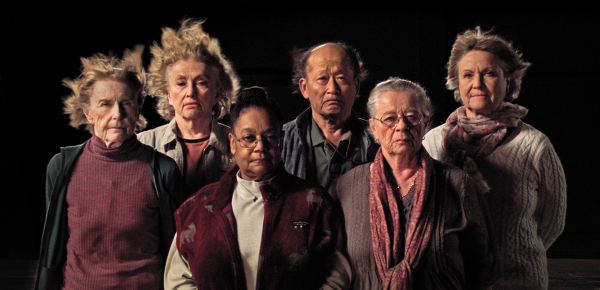
During the first shooting days, it became clear that the participants’ story of what happened was quite different from what Santiago Genovés had written in his two books, one of which featured excerpts from his diary. As leader of the experiment, Genovés had hoped that violent conflicts and sexual interactions would result from the close quarters in which his human guinea pigs were forced to live, but instead quite the opposite happened. The participants got along fine and no real conflicts formed and there were very few sexual interactions between them. According to the crew, Santiago had panicked when things didn’t go the way he’d planned. Rather than just studying what actually was happening, he started to manipulate people by stirring up intrigues and trying to provoke his crew into both aggressive and sexual behavior. But instead of fighting or having sex, the group slowly turned against him; at one point, some of them felt he had become such a threat to the safety of the voyage that they gathered on the roof of the raft to discuss the possibility of getting rid of him.
Though no violence ultimately ensued, this was such a dramatic incident that I realized I needed to make the escalating conflict between Santiago and the rest of the group the main focus of The Raft, using the newly shot scenes in the studio of the group talking about him, laughing at his ridiculous macho manners and scolding him for putting everyone’s lives at risk so he might achieve fame and glory. Forty-three years later, the tables had turned: it was now the guinea pigs who were analyzing their scientist, not the other way around.
This meant, of course, making a portrait of Santiago Genovés that he might not have been entirely pleased with, had he been alive. I was thrown back to that afternoon in his office in Mexico City, searching through his boxes with a feeling of trespassing. Only now, it felt like betrayal. Here I was, orchestrating a public attack on his career and his character, revealing that his research subjects had fantasized about conspiring to murder him, and the poor man was not around to defend himself.
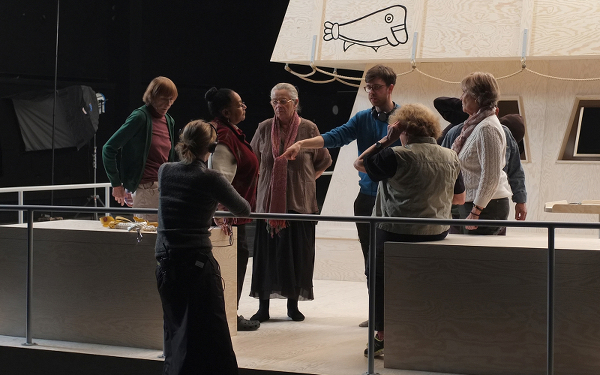
A few days of shooting remained when I came to an uncomfortable realization. During some final takes of one of the scenes, in which I had the participants repeat their lengthy stories to each other several times, one of the women joked that I was behaving like “Santiago No. 2.” Everybody laughed.
I completely froze. Me?! I was a feminist, a documentarian interested in human stories – how could I possibly be compared to this alpha male scientist, a man so blinded by ambition and the need to confirm his theories that he destroyed his own experiment? Then I realized the complete irony of the whole situation. I had built an enormous raft, just like him. I had raised the funds and gathered people from all over the world to get onboard the raft, just like him. And just like he wanted his participants to behave a certain way for his experiment, all those years ago, I now was trying to manipulate the exact same people to perform a certain way for my film.
I had turned into the nemesis of my own movie. I really was Santiago No. 2.
Many months later, during the editing of The Raft in a basement in Paris, I was still struggling to make sense of the revelation in the studio. The story of Acali itself was already so rich with material, I felt it would be confusing to add my own personal perspective as a director to the already dense narrative. Still, I couldn’t figure out how to give Santiago a voice in the film. One evening, I decided to write him a letter, and as soon as I started, I couldn’t stop. Writing to a dead man was easier than I thought and really helped me get some perspective on what I was feeling and how to solve my problems. I decided to give him a voice in the film by having an actor read excerpts from his diaries, to put them in contrast with the stories the participants had told me.
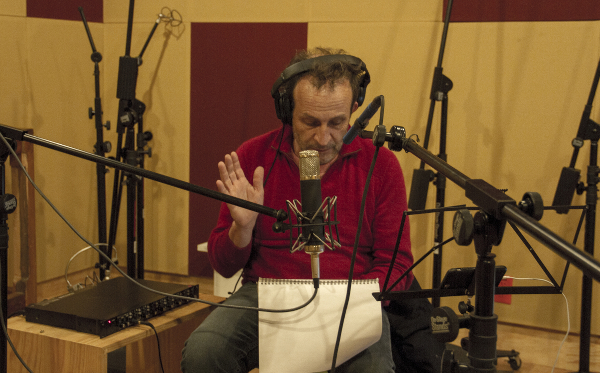
I found Daniel Giménez Cacho, a Mexican actor, to do the job. He had starred in films by Pedro Almodóvar, Alfonso Cuarón and Lucrecia Martel and had even met Santiago twice, so he knew exactly how he sounded and the cadences of his voice. Recording him in the studio was almost an eerie experience. It felt like Santiago was talking to me, answering my letter from beyond the grave.
In one of his books about the expedition, Santiago wrote that science should be allowed to be as experimental as art. Instead of trying to prove already existing theories, it should dare to just throw itself out into the unknown to see what would happen. So maybe this was exactly what he wanted. That one day, after his death, someone would stand in his abandoned archive and dig through the remnants of his life’s work with exactly that ambition – to turn his science into art.


